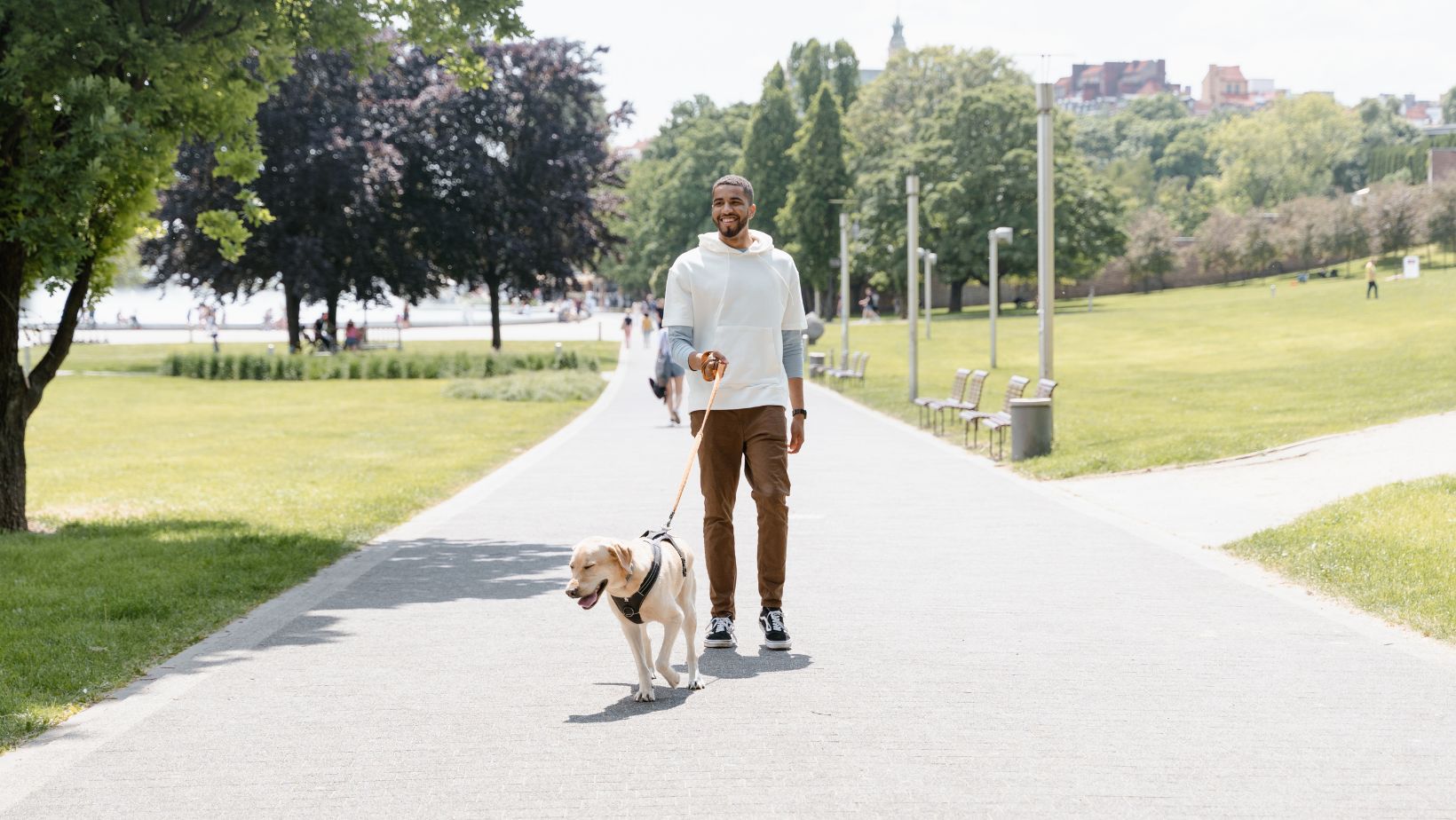How to get Puppy to Stop Chewing Leash
Are you struggling with your Labrador puppy constantly chewing on the leash during walks? It can be frustrating and even dangerous if left unaddressed. In this article, I’ll share effective strategies to help you teach your puppy to stop chewing on the leash, ensuring enjoyable and stress-free walks for both of you.
One approach is to provide alternative outlets for your puppy’s natural urge to chew. Offer a variety of appropriate chew toys that are specifically designed for puppies. Introduce them during playtime and reinforce positive behaviour by praising or rewarding your pup when they choose the toy over the leash. This will redirect their attention and satisfy their chewing needs in a safe manner.
Another technique involves proper leash training. Start by using a sturdy, nylon or leather leash that is less tempting for your puppy to chew compared to a fabric one. Begin indoors or in a quiet, low-distraction environment where you can focus on teaching your pup good walking manners without the added temptation of outdoor distractions. Gradually increase the difficulty level by practising in more stimulating environments as your puppy becomes more comfortable on the leash.
Remember, consistency is key when training your Labrador puppy not to chew on the leash. Be patient and persistent in applying these techniques, and soon enough, you’ll see improvement in their behaviour during walks. With time and consistent reinforcement, you’ll be able to enjoy peaceful strolls together without worrying about shredded leashes!
Why Do Labradors Chew on Leashes?
Labradors, like many other breeds, have a natural instinct to chew. This behaviour is often driven by various factors and can extend to items such as leashes. Understanding why Labradors chew on leashes can help in finding effective solutions to prevent this behaviour.
- Teething: Puppies go through a teething phase where they experience discomfort in their gums. Chewing helps alleviate the pain and provides relief. During this stage, puppies may target anything within reach, including leashes.
- Exploration and Play: Labradors are curious and playful by nature. They use their mouths to explore objects in their environment, including leashes. Chewing on the leash might be seen as a form of play or an attempt to engage with the object.
- Boredom and Anxiety: Just like humans, dogs can become bored or anxious when left alone for long periods or not provided with enough mental stimulation and physical exercise. Chewing becomes a way for them to occupy themselves and release pent-up energy or stress.
- Lack of Training: Labradors that haven’t been trained properly may not understand that chewing on leashes is undesirable behaviour. Without clear guidance, they might continue this habit without realising it’s wrong.
- Attention-Seeking: Some dogs learn that chewing on the leash gets them attention from their owners, even if it’s negative attention like scolding or pulling the leash away from them.
To address this issue effectively, try implementing these strategies:
- Provide appropriate chew toys for your Labrador during their teething phase.
- Ensure your Labrador receives sufficient exercise and mental stimulation daily.
- Use positive reinforcement training techniques to teach your dog proper leash manners.
- Redirect your dog’s attention whenever they start chewing the leash by offering an enticing toy or treat.
- Avoid reinforcing the behaviour by not giving any attention when your dog chews on the leash.
- Consider using a different type of leash, such as a chain or leather, that is less appealing to chew on.
Remember, consistency and patience are key when addressing chewing behaviour. With proper training and redirection, you can teach your Labrador to stop chewing on leashes and engage in more appropriate behaviours.
